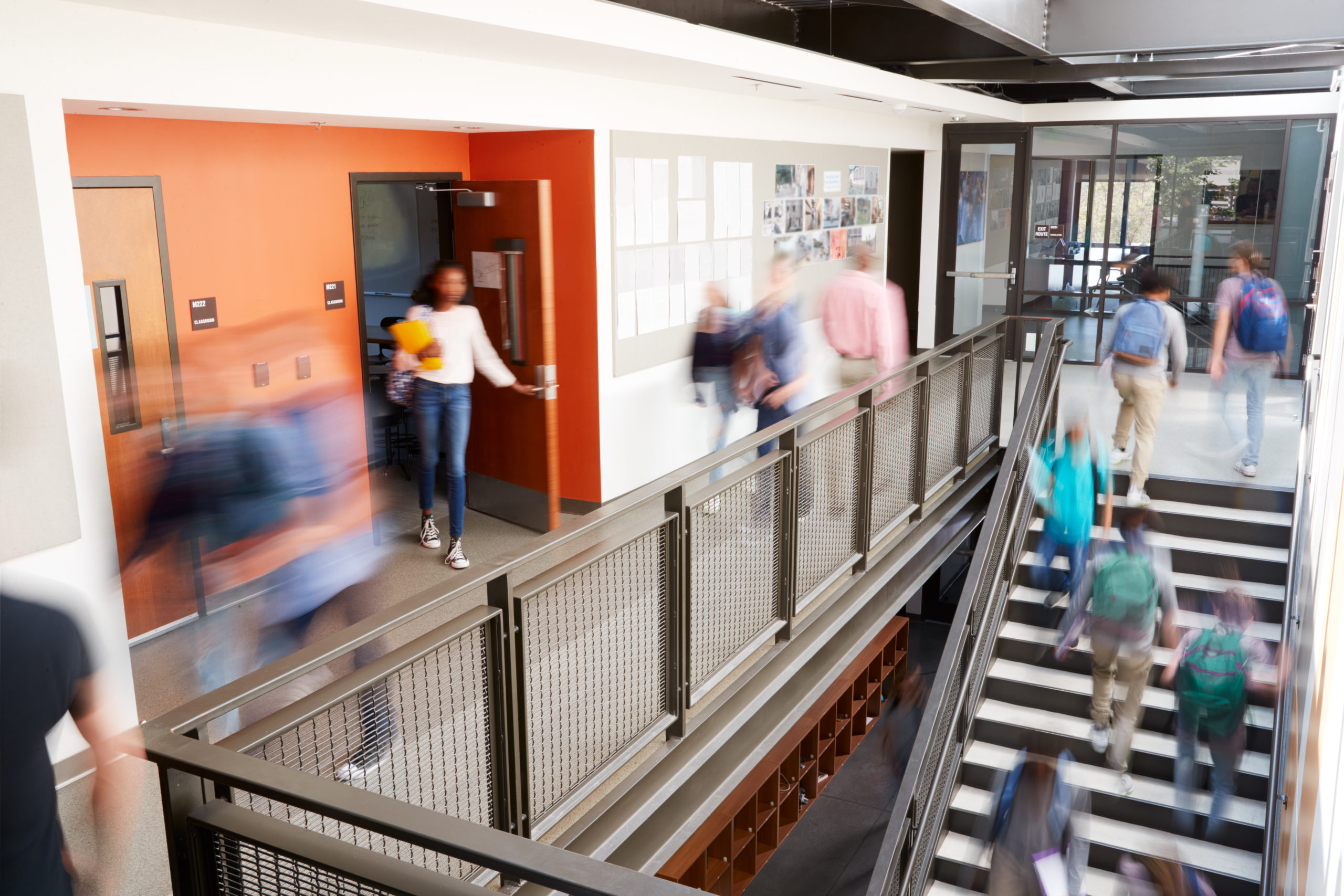Featured
scroll
Choosing the Right Floor Maintenance Strategy for LVT: Reactive vs. Programmed Care
When it comes to LVT floor maintenance, facility leaders are often caught between reacting to problems or investing in a proactive, programmed approach.
If your LVT flooring looks dull, scuffed, or permanently marked despite regular cleaning, it may be time to explore restoration options. At this point, a mop and bucket won’t cut it—what your floor needs is a reset.
That’s where restoration strategies come in.
How Do You Know When It’s Time to Restore LVT Flooring?
It’s easy to assume LVT doesn’t need deep care. But facility managers know better—appearance standards, safety, and brand image are all impacted by floor condition.
Watch for these signs:
-
Visible scratches or scuffs that cleaning can’t remove
-
Dull or discolored areas in high-traffic zones
-
Staining or ground-in dirt that resurfaces after each cleaning
-
Loss of finish or protective layer
-
Slippery or uneven surface texture
These issues don’t just look bad—they can also become safety hazards and lead to premature flooring replacement if left untreated.
What Does LVT Floor Restoration Involve?
Restoring LVT isn’t a one-size-fits-all process. A professional floor care team—like SOLID—will tailor the approach to your flooring type, age, wear pattern, and environment.
Here are the core steps typically involved:
1. Assessment and Testing
Before any restoration begins, a detailed evaluation is key. The floor type, adhesive type, wear layer, and traffic patterns all influence the method used.
2. Deep Surface Cleaning
This step removes layers of grime and chemical residue using auto scrubbers and specialized neutral cleaners. It preps the floor for a more intensive treatment.
3. Mechanical Agitation
For embedded dirt or heavy buildup, mechanical scrubbers with pads or brushes lift contaminants without damaging the surface.
4. Finish Removal (If Applicable)
Some LVT floors have been coated with polishes or finishes over time. If those coatings have degraded, they must be carefully stripped.
5. Reapplication of Finish or Protectant
Applying a high-performance LVT floor coating helps seal and protect the surface. These coatings restore the floor’s look and improve slip resistance, cleanability, and durability.
Why Restoration Beats Replacement
It’s tempting to replace damaged flooring—but restoration offers major advantages:
-
Cost savings: A fraction of the price of new LVT installation
-
Minimal disruption: Restoration is faster, cleaner, and quieter
-
Sustainability: Keeps flooring materials out of landfills
-
Preserves aesthetics: Keeps visual continuity across rooms and areas
In many cases, restoration extends the usable life of your flooring by years, delaying large capital expenses and reducing lifecycle cost.
Partnering with the Right Team Matters
Restoration isn’t something to leave to chance—or to the lowest bidder. Poorly executed work can damage the floor or shorten its lifespan.
At SOLID, we partner with facility teams to evaluate, restore, and protect LVT flooring with industry-leading equipment, skilled technicians, and a commitment to sustainability and excellence. Whether it’s a single hallway or an entire campus, we create a tailored approach that fits your timeline and budget.
Frequently Asked Questions (FAQ)
Q: Can all LVT floors be restored?
Most can, especially those with wear layers intact. However, extremely degraded floors may require replacement. A floor assessment is always the first step.
Q: How long does the restoration process take?
It depends on the square footage and level of damage. Many projects can be completed overnight or over a weekend to minimize disruption.
Q: Do I need to shut down operations during restoration?
Not always. SOLID works with clients to schedule during off-hours or in zones, so your operations can continue with minimal impact.
Q: How often should LVT restoration be done?
It varies. For high-traffic areas, annual or biennial restoration may be needed. A programmed maintenance plan helps reduce the frequency.
Q: Will the restored floor look like new?
In many cases, yes. While some deep scratches or discoloration may not fully disappear, restoration can dramatically improve appearance and performance.
Final Takeaway: Restoration is a Smart Strategy
If your LVT floors have seen better days, restoration may be the most efficient and effective way to bring them back to life. Facility managers who stay proactive protect more than flooring—they protect budgets, user experience, and the long-term value of their assets.
Ready to build a smarter maintenance strategy for your LVT floors? Check out this proactive LVT maintenance plan to get started, or explore our complete guide to LVT surface care to dig even deeper.
SOLID helps facility managers across industries shift from reactive to proactive strategies with customized surface care programs—including for high-performance LVT. Get in touch to build your plan.
